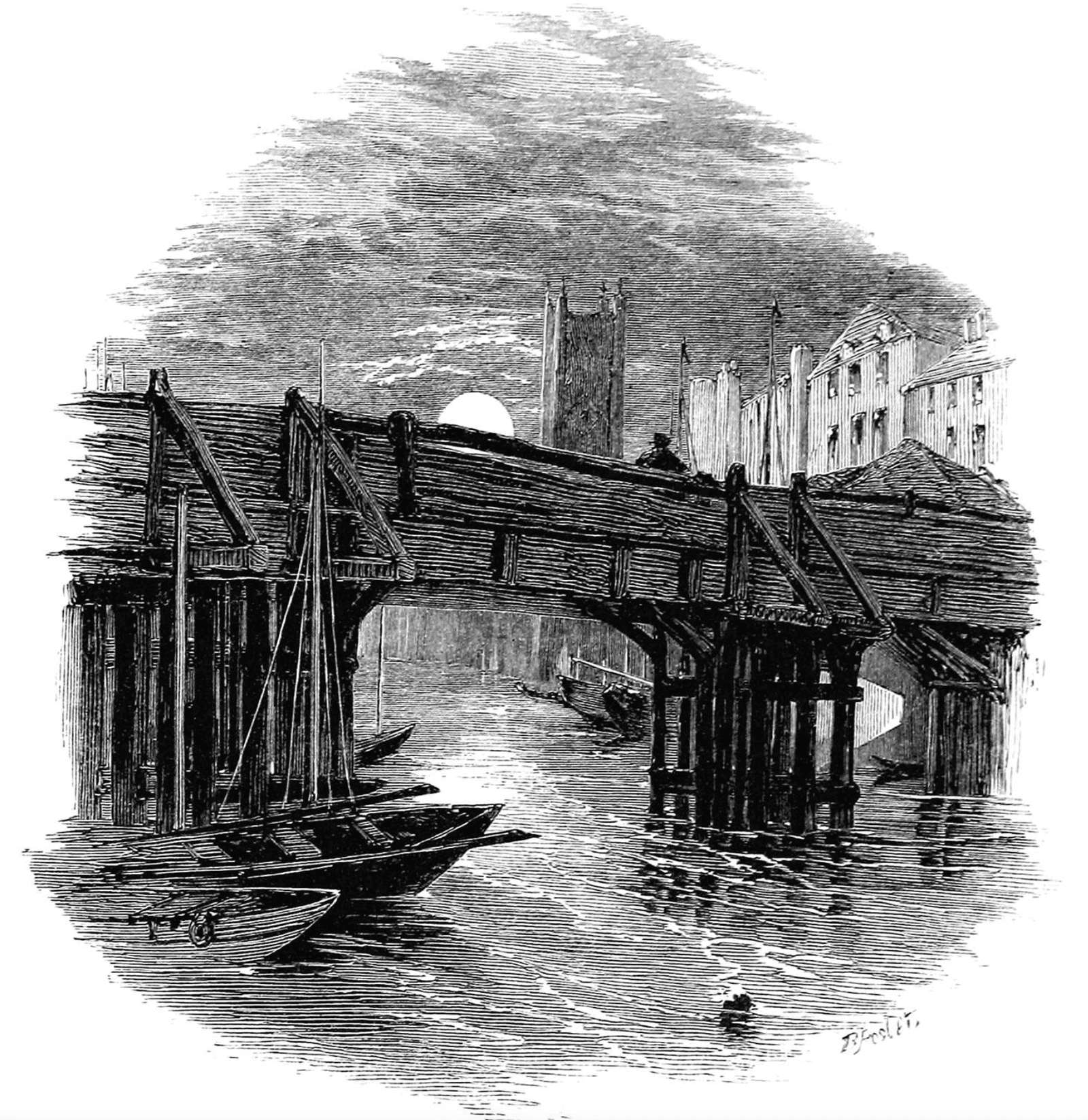Father Paul Scalia is pastor of Saint James Catholic Church in Falls Church, Virginia.
Joseph Ratzinger’s enemies dubbed him “God’s Rottweiler” and the “Panzer Cardinal.” They couldn’t see his doctrinal clarity as anything other than hostility. Unfortunately, many of his friends didn’t help much either. The Cardinal Ratzinger Fan Club, which proclaimed that he had been “putting the smackdown on heresy since 1981,” fell into the same trap as his naysayers. They just happened to like it. And in the early Nineties, I was a proud member of this latter group. Four years at a Jesuit college had made me long to see the correction of so many errors. A smackdown was needed, I thought. But in the seminary a brief, chance encounter with Cardinal Ratzinger shook me from that view and helped me appreciate not only his true gifts but also the glory of the truth.
My Old Testament seminar professor, the Dutch priest Father Goswin Habets, had been a student of Ratzinger. One morning after Mass, Father Habets introduced us seminarians to the Cardinal as he was crossing Saint Peter’s Square. Here he was, the man whose writings I had been reading for years, who had been smacking down heresy. I suppose I expected something like a theological Clint Eastwood—leather-skinned, steely eyed, perhaps with a cigarette dangling from his mouth. Instead, I encountered a disarmingly kind, gentle, and refined man. The disconnect was too great. I had to rethink everything.
The point is that Ratzinger was neither a Rottweiler nor one who laid smackdowns. He was a spiritual father who taught the truth out of love for souls. His work was priestly in the ancient Roman sense of the word pontifex, “bridge builder.” The priest bridges the chasm between God and man, the divine and the human, the eternal and temporal. Ratzinger exercised an apostolate of intellectual bridge-building. He sought to bring together those intellectual principles that modernity had put asunder. Where modern thought had divided different truths, Ratzinger sought to reveal their union and harmony.
First, as regards truth and love. The modern mind is plagued by the notion that these two things are not only separate but deeply opposed to one another. In fact, they are not only compatible but deeply dependent. Each one withers without the other. Truth without love becomes hostility because it lacks its proper purpose, the good of the human person. Love without truth becomes an absurdity. For Ratzinger, the separation of truth and love is not just an intellectual error. It’s a threat to the soul. Their union is deeply salvific. “Only what is true can ultimately be pastoral,” he wrote in 1986. The Church’s saving doctrine and the human heart are meant for one another. It’s our rebellion that’s set them at odds. Ratzinger possessed the peaceful confidence that the Church’s doctrine is ordered toward the good of man and that the human heart in turn is open and longing for the truth. This needs to be the operating principle of all priestly ministry.
This union is a matter of salvation because it’s ultimately about Jesus Christ. “Truth and love coincide in Christ,” Ratzinger proclaimed in the Mass prior to his election as Pope. “To the extent that we draw close to Christ, in our own lives too, truth and love are blended.” His thinking on this was completed and crystallized by his faith in Christ.
In a similar manner, Ratzinger approached another division in need of healing, that of faith and reason. The ancients and medievals saw these as complementary. Our society, on the other hand, thinks that faith is a crutch for the uneducated and that the learned have no need of religion. Reason liberates people from the shackles of faith, while faith threatens the advance of reason. Ratzinger’s entire ministry can be seen as an effort to bridge this gap, to reconcile these two ways of knowing.
Commemorating the tenth anniversary of his predecessor’s Encyclical, Fides et ratio, Benedict observed, “The truth of Revelation does not superimpose the truth achieved by reason; rather, it purifies and exalts reason.” In his first Encyclical, Deus caritas est, he wrote, “The Church has an indirect duty here, in that she is called to contribute to the purification of reason and to the reawakening of those moral forces without which just structures are neither established nor prove effective in the long run.” Faith is not a flight from or an assault on reason but its necessary companion and purification.
Perhaps most dear to Benedict’s heart was bridging the gap between the past and the present. Modernity had severed them from one another. Modern man knew better than all his ancestors. He’s been freed from the backwards and oppressive past. Many in the Church had imbibed this progressive view, especially in their reception of the Second Vatican Council.
Early in his pontificate, Benedict spoke about the need to view the Church’s life according to the “hermeneutic of continuity.” In many regards this was simply a matter of piety, that reverence for what has come before and the desire to bring it to bear in the present. What the Church held true and sacred in the past She still holds today. The past wasn’t to be judged according to the present but the present in light of the past. In his own person, Joseph Ratzinger showed the union of these things. He himself was a man who loved and sought the truth not only for itself but for souls. A devout Catholic steeped in the Church’s teaching, he was also one of the most learned men of his time, thus showing in himself that union of faith and reason. As a pious son of the Church, he treasured the Church’s Tradition precisely because it teaches us how to live here and now, and beyond.
This article is excerpted from a symposium on the life and legacy of Joseph Ratzinger that appears in the Lent 2023 issue ofThe Lamp.




